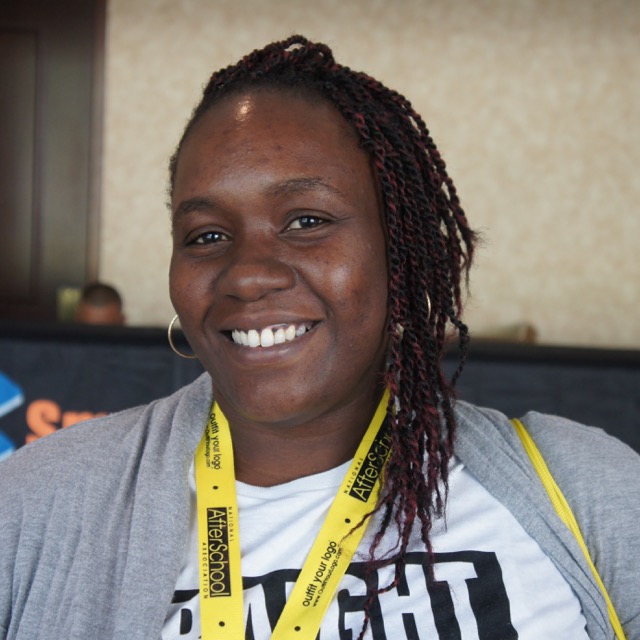After-school staff tell us what’s new in their programs. The following responses came from a sampling of participants at the National Afterschool Association Convention in Orlando, Florida, this spring.
Tech tools for communication
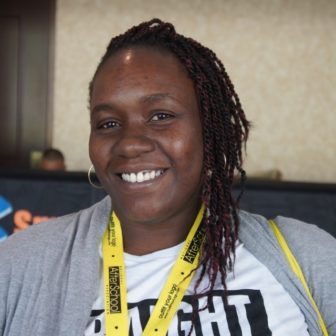
Communications tools! I’m going to start using the Peachjar app. I’m a parent outreach coordinator and my job is connecting my parents to resources. The biggest barrier is communications and how do I get the message to them. … I deal with parents who cannot read, parents who do not know how to use computers.
So, part of my biggest barrier is how do I get those flyers home to let parents know what programs we have available. [With the Peachjar app] I can create any event listing and my parents can communicate with me on the who, what, when, where and why of any event that I’m doing. … They can download the app to their smartphone.
This generation [millennials] is more tech-dependent. We’ve got to get on their level …
If they’re on their smartphones every day I want a message on their phone at 7 a.m.: “Welcome to a new day. These are today’s activities …” That’s what NCCF does. We try to get every resource to them that is needed.
—Octavais Brown, parent outreach coordinator, National Center for Children and Families, Bethesda, Maryland
Tough conversations, STEM activities
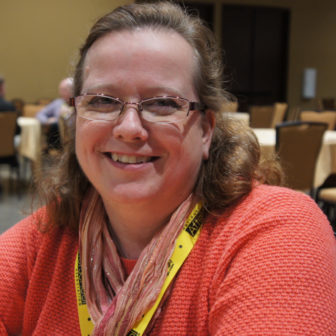
I work with middle-schoolers. In my opinion, they’re a more challenging group to work with sometimes. … They’re not quite as engaged in one-on-one interaction with the teachers. They prefer to be independent.
Some of the things I’ve caught onto here [at the NAA convention] are how to engage kids in very difficult conversations, especially as they’re becoming older.
[Yu is also interested in STEM activities.]It’s not these premanufactured kits where a kid makes a catapult but more like: “Here are your supplies. The challenge is to make a balloon rocket.” … I think middle-schoolers are more in that developmental stage with STEM than the “cut here, paste here, glue here.” … Middle-schoolers need more than just to cut and glue.
—Annette Yu, site director, Dublin Latchkey, Dublin, Ohio
Data-driven decisionmaking
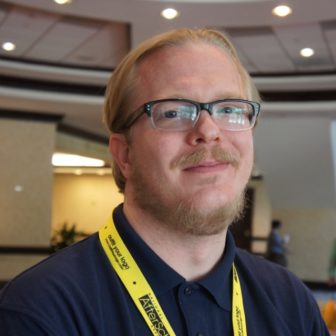
I definitely want to start using more data when it comes to making decisions about what we do in our programs [including] finding more information on best practices and rubrics, how to measure quality in after-school and making our program function at the highest level we can based on that information.
—Justin Hensley, director of programs and strategy, Dallas Afterschool, Dallas
Student-centered improv
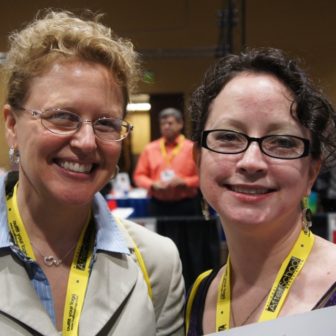
I definitely want to bring improv and film-making back to our fledgling drama program. … I’m trying to figure out how to get kids motivated when we’re not necessarily going to do a big production, but there’s interest. The presenters gave us great ideas how to incorporate technology, improvisation, make it student-centered. … Brain Chase … is an awesome program that we would love to try…
It’s all about comics and clues that kids work on together. It’s about a nine-week program that eventually brings them to buried treasure and then kids actually dig it up and they find out what it is and inside they’ve got a scholarship.
—Tammy McLellan, program director, Grasso Technical High School, Groton, Connecticut
(Also pictured: Amy Leigh (right) after-school teacher at Grasso Technical High School.)
The internet of things
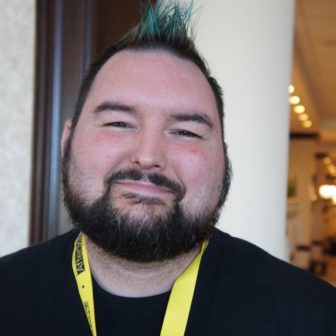
Some of the neat things we’re doing are 3-D printing and the “internet of things” — connecting electronic devices to the world around you and being able to read data like light levels, temperature, humidity, soil moisture. … using real tangible data that’s not the average shoe size … using things that are local and important to the youth themselves.
— Shawn Grimes, director of technology, Digital Harbor Foundation, Baltimore
Empowered staff
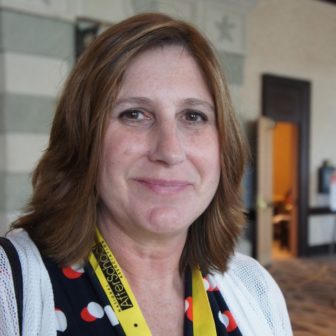
Empower the staff to be leaders. … I work with the Navy at a youth center.
—Mary Maguire, training curriculum specialist, Naval Station Mayport Youth Activities Center, Mayport, Florida
A revamped program
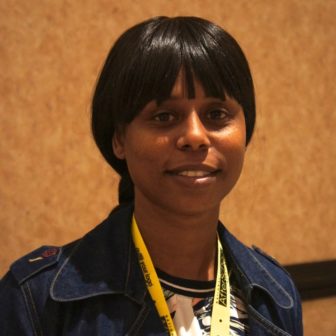 We’ve revamped our entire program and we’re looking into getting grants so we can get new equipment and STEM- or STEAM-related programs for our students. Also to incorporate some of the social learning skills, especially with our middle-schoolers. … Kids get bored with the same old ideas.
We’ve revamped our entire program and we’re looking into getting grants so we can get new equipment and STEM- or STEAM-related programs for our students. Also to incorporate some of the social learning skills, especially with our middle-schoolers. … Kids get bored with the same old ideas.
—Pauline Roberts, after-school coordinator, Lourdes Academy, Oshkosh, Wisconsin
Family engagement
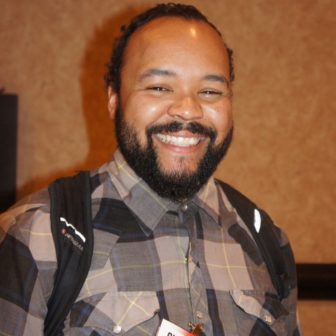
The biggest thing we’re doing is family engagement. Instead of calling it a family night, we’re calling it a celebration of learning. … We’re showcasing the students’ talents and showcasing the students. We’re inviting the families to participate. Just by changing the wording around a little bit, it empowers them. [It’s family night] but it’s a celebration … It makes it more enjoyable.
—Christopher M. Farris, school resource coordinator, Communities in Schools of Central Ohio, Columbus, Ohio
SEL
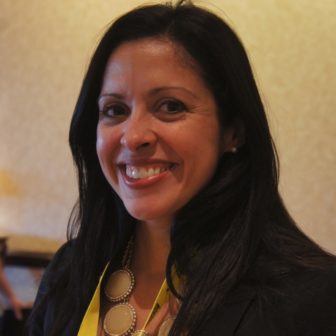
Right now we’re integrating social and emotional learning practices into our after-school and also implementing them during our all-day-long programs as well.
—Jaime Garcia, operations director, Extend-a-Care for Kids, Austin, Texas


